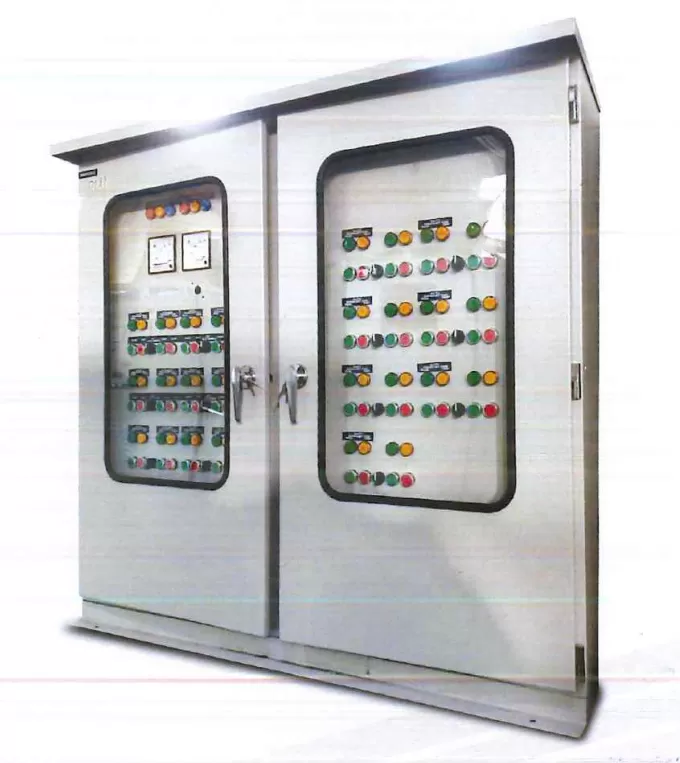-
Power Distribution: Feeder pillars serve as distribution points for electrical power, often receiving electricity from a main supply and distributing it to various circuits or loads.
-
Protection: Feeder pillars are equipped with circuit breakers, fuses, or other protective devices to prevent overcurrents, short circuits, and other electrical faults. This helps safeguard connected equipment and prevents potential hazards.
-
Terminal Blocks: Inside the feeder pillar, there are terminal blocks or busbars that allow for the connection of incoming and outgoing electrical cables. These blocks provide a safe and organized way to manage the flow of electricity.
-
Weather Resistance: Feeder pillars are designed to withstand outdoor conditions, including rain, sun, and temperature variations. They are often made from durable materials like metal or weather-resistant plastics.
-
Lockable Enclosure: To ensure security and prevent unauthorized access, feeder pillars are typically equipped with lockable doors or covers.
-
Cable Management: Feeder pillars may include cable glands or conduits to manage and protect incoming and outgoing cables.
-
Lighting Control: In some cases, feeder pillars also house equipment related to outdoor lighting control, such as timers or photocells.
-
Street Furniture: Feeder pillars are often used as functional elements of urban design, integrating them into public spaces, streetscapes, and industrial sites.
Inquiry - Feeder Pillar





